
Today, I got a new USB-to-serial adapter. When trying to figure out how to connect a DEC VT420 terminal to a Mac, I learned that as of version 10.9, MacOS has a built-in driver for the FTDI USB-to-serial chip. So I ordered a "USB-console cable" from Amazon. This is a cable that looks a lot like a Cisco console cable but with a USB connector at one end. As the name suggests, you can connect it directly to the console port of a Cisco router. And with the right RJ-45-to-DB-25 / DB-9 adapters, you can connect it to anything with a serial port.
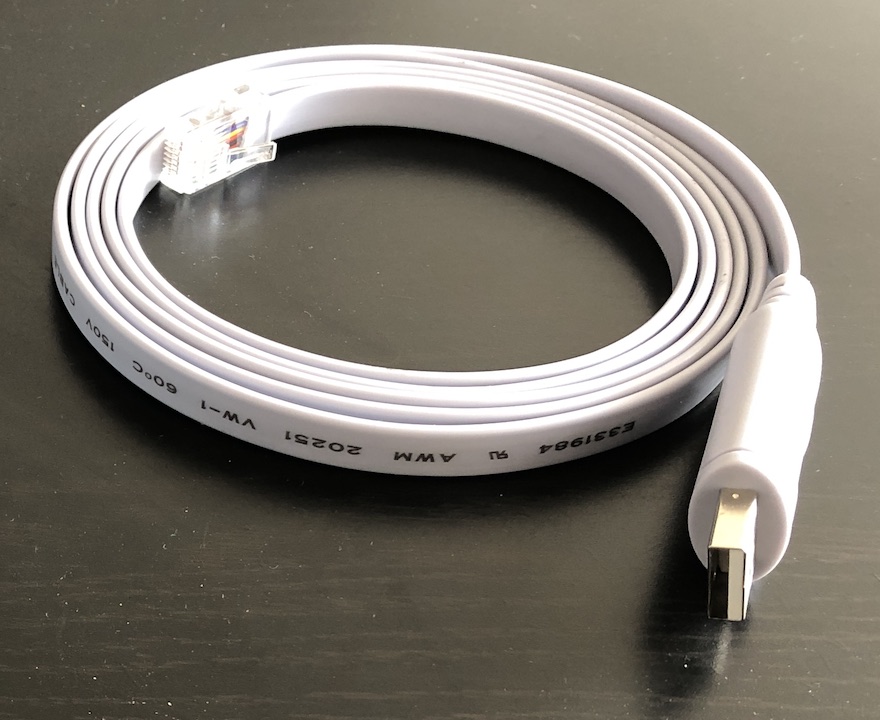
In 2009, I started an effort to digitize all my cassette tapes. As my last computer that still has a line in port is facing retirement, I decided to finally finish that project. Perhaps more about this later. Turns out some of these old cassettes have weird things on them, including radio broadcasts that contain computer programs.
Read the article - posted 2020-07-04
In 2009 begon ik al mijn oude cassettebandjes te digitaliseren. Nu mijn laatste computer die nog een audio lijn-in poort heeft aan z’n pensioen toe is leek me dit het moment om dat project af te ronden. Misschien meer daarover op een later moment. Het blijkt dat er op sommige van die oude cassettes nogal vreemde dingen staan, inclusief radiouitzendingen met computerprogramma’s.
Lees hieronder hoe ik de Hobbyscoop jubileum-beeldkrant op een 31 jaar oude cassette wist te runnen op een moderne computer.
Read the article - posted 2020-07-04
After my BASICODE adventures a few days ago, I really wanted to see if I could run a BASICODE game on my VT420 terminal.
Read the article - posted 2020-07-06
In this post, I want to look at different ways of running an emulated Commodore 64 (or Commodore 128) and how they compare. The contenders are the THEC64 Mini, a half-size recreation of the C64 powered by an ARM CPU running an emulator, the full-size THEC64 that adds a working keyboard and the VICE emulator running on my MacBook Pro.
In a previous post, I mentioned that it's hard to connect a Commodore 64 to currently available monitors and TVs. I've also had considerable difficulty hooking up my Amiga 1200 to an LCD monitor and getting a clear picture. Probably more about that in a later post.
So I thought it would be interesting to look at how widely available computers since the late 1970s have sent text and graphics to an external display, and the evolution of those systems.
Home computers from the 1980s were intended to be used with a TV as their display.
So as of the second half of the 1990s, all common computer types moved away from TV-based display options towards a common display technology. Then, with the advent of HDTV, TV also made the jump to higher resolutions and digital connections... and now it is again possible to use a TV as a computer display.
Funny how things work out sometimes.
Read the article - posted 2020-09-13
After talking about the complexities involved with connecting older computers to newer displays, I was in the mood for a success story.
This is how I finally figured out how to get a decent looking picture from my Amiga 1200 on a Dell U2312HM monitor using a simple Amiga-to-VGA adapter (or cable).
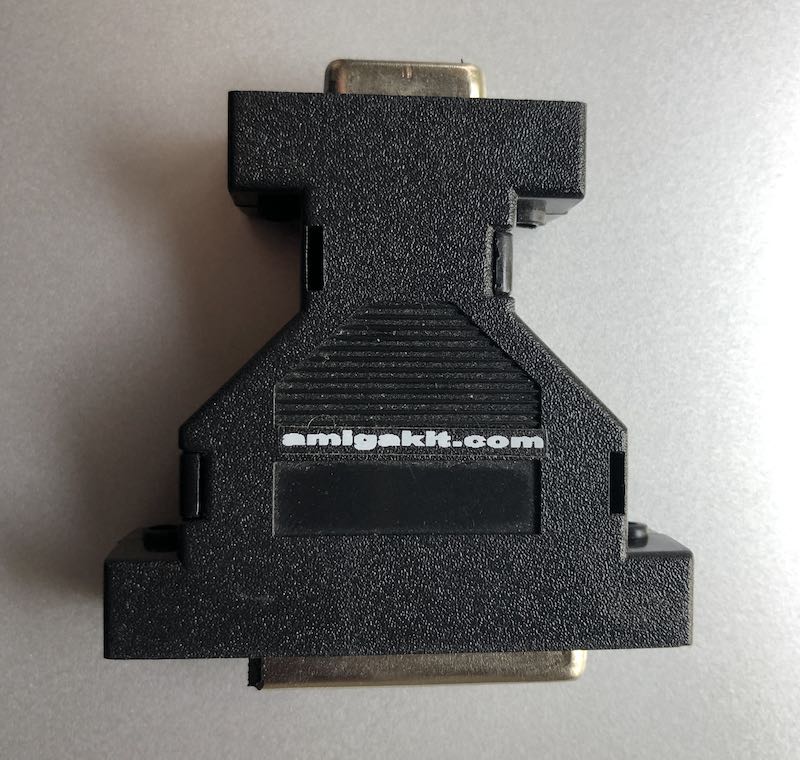
This is the adapter I'm talking about. It has the Amiga 23-pin video connector on one end and a standard VGA connector at the other end. There's no electronics inside, it really only allows for connecting a VGA cable to the Amiga; it's up to the Amiga to generate a video signal that the monitor will understand.
Read the article - posted 2020-09-16
This is a review of the recently released Indivision AGA MK3, which is basically what Amiga people know as a "flicker fixer". More specifically, the Indivision MK3 lets you use pretty much any VGA or HDMI monitor or TV as a display for your Amiga 1200. (It's also available for the A4000T.)
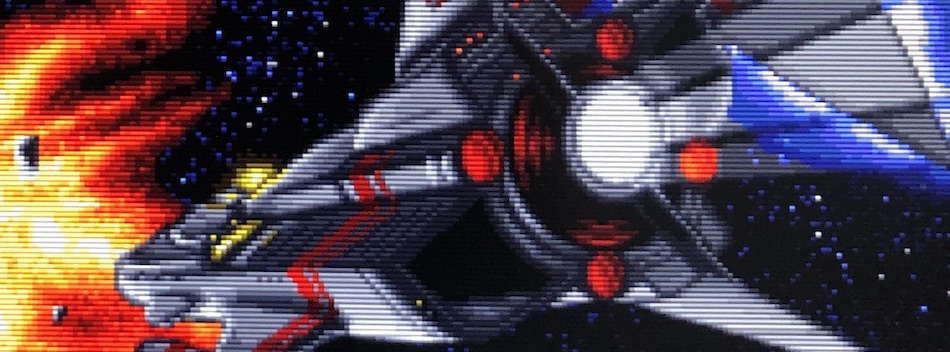
I got an Amiga 500, a 1200 and a 3000 within a few years in the early 1990s. I'm not sure what happened with the 500, but I still have the 1200 and the 3000. I've used the Amiga 1200 for quite a bit the past week, which got me thinking: what should I do to prepare my 27-year-old computer for the next decade of her life? Or, more in general, what's appropriate for different kind of Amigas to keep them running for the foreseeable future?
In order to enjoy your Amiga, you have to be realistic in what you can expect from which model, and which upgrades make sense and which don't. In addition, there's three related issues to pay attention to: storage, backup and communication. I'll go over this for all the mainstream Amiga models: 1000, 500, 2000, 3000, 600, 1200 and 4000.
Read the article - posted 2020-09-26
The last few weeks I've been spending some time with my Amiga 1200 and Amiga 3000, and I want to write about some of that. However, I don't want to spend too much of my own time and that of the readers of this blog on that. So my plan is to do a collection of short takes periodically. This will be the first one. Topics:
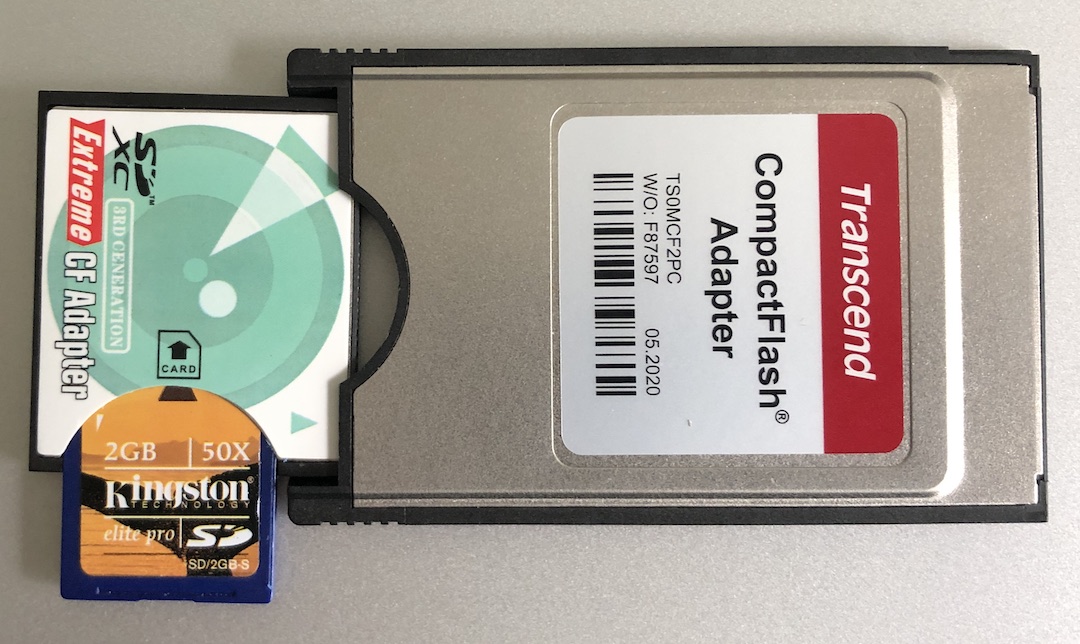
Het grootste deel van de jaren '90 draaide het HCC Commodore Amiga BBS op een Amiga 3000 in mijn huiskamer. Op BBS'en konden mensen berichtjes uitwisselen en bestanden downloaden voor het internet voor het grote publiek doorbrak.
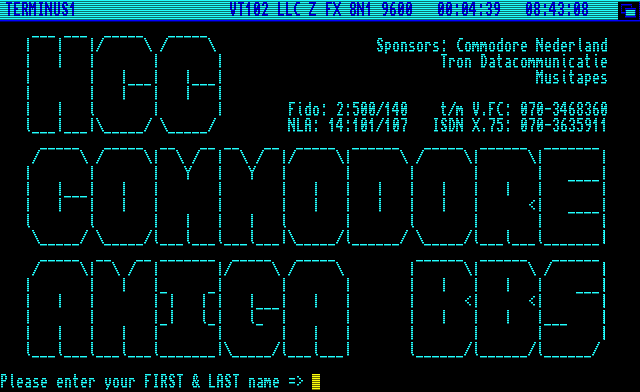
Nieuwsgierig hoe dat ging? Ik heb hier alle bestanden die op het BBS stonden/staan neergezet, wat mij een laagdrempelige manier leek om een idee te krijgen van het hoe en wat van het BBS destijds. En mocht je nog een Amiga hebben, dan kan je er wellicht nog iets leuks te downloaden vinden. Het is "maar" 250 MB, maar de downloads zijn wel met zorg bij elkaar gezocht.
Read the article - posted 2020-10-12
I've been on an Amiga upgrade spree recently. So I thought I'd go over all of them, possibly providing some inspiration or caution to my readers. Apologies in advance for this short take being not very short. Topics:
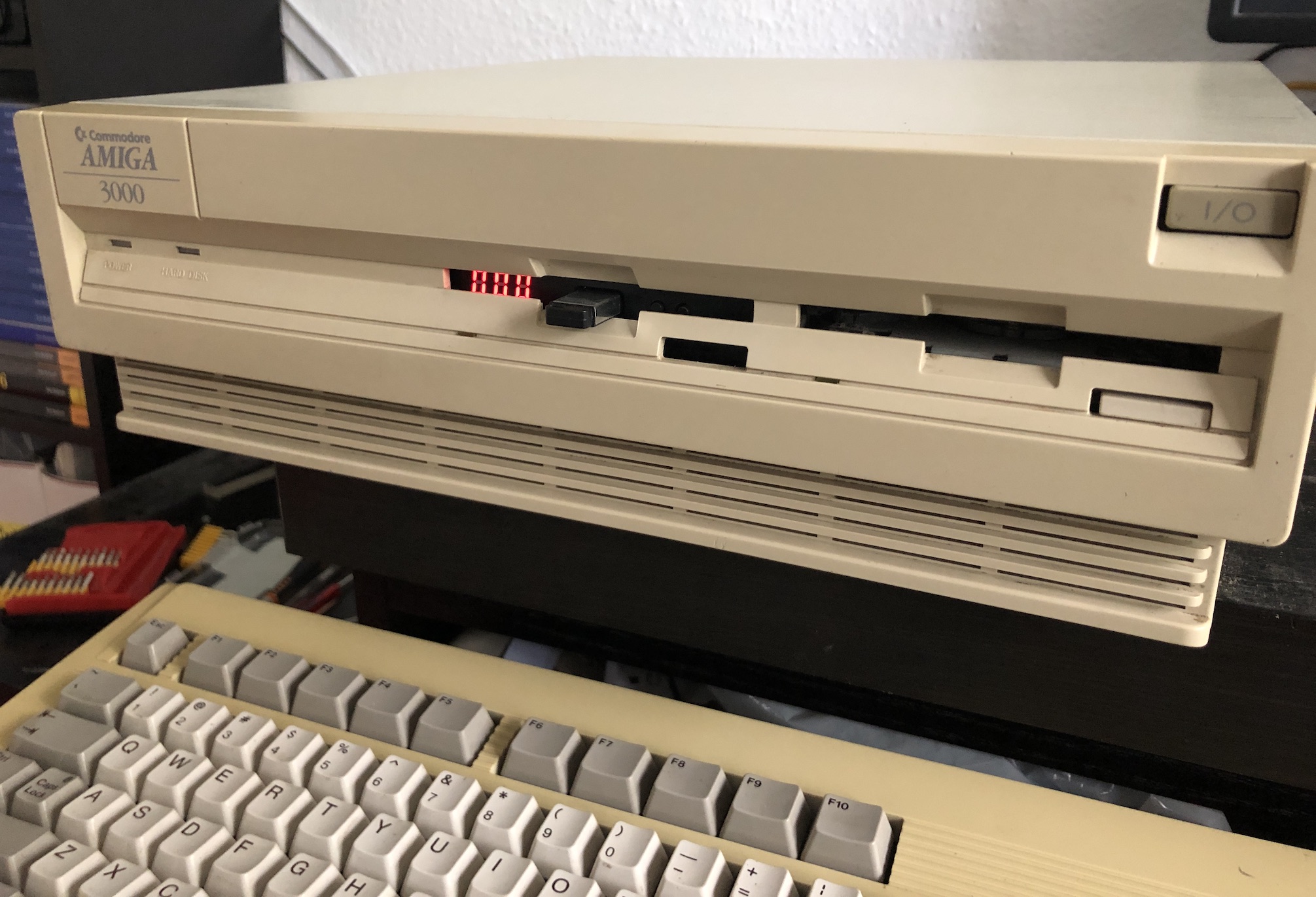
Last week, I wrote about upgrading my Amiga 3000, where I mentioned that the Amiga 3000's boot ROMs don't recognize the Buddha card. Turns out, that can be fixed.
Read the article - posted 2020-10-31
Upgrading my Amiga 1200: 68060 CPU, memory, a new power supply, a CF card as the HDD, but mostly networking and trying different ways to get a wireless mouse to work with the Amiga, eventually succeeding with the RapidRoad USB adapter.
Read the article - posted 2020-11-01
It's interesting to see how much has stayed the same over 40 years, and also how some keys have been moved around, as well as the differences between Apple's keyboards and the standard PC keyboard.
So I drew the layout of 18 keyboards to easily compare IBM, Apple, Digital, Sun, Amiga, Atari and third party keyboards over the years.

Read the article - posted 2020-12-17